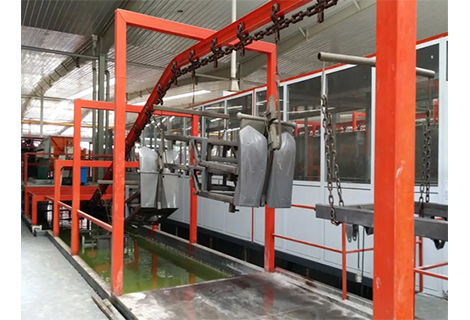Surface treatments play a vital role in maintaining and enhancing the durability and appearance of various materials. Whether it is for aesthetic purposes, rust prevention, or to improve wear resistance, there are several treatments available in the industry. One such treatment that has gained popularity in recent years is blackening surface treatment. This versatile technique not only protects the material but also enhances its overall appearance. In this blog, we will explore the wonders of blackening surface treatments, its applications, and why it has become a go-to choice for many industries.
Blackening surface treatment, also known as black oxide coating, is a process that converts the top layer of a metal surface into a chemically stable black oxide. This protective layer provides various benefits, including corrosion and abrasion resistance, increased hardness, and improved aesthetics. The treatment is typically applied to ferrous metals such as steel and iron, but it can also be used for other materials like copper, brass, and bronze.
The versatility of blackening surface treatment makes it suitable for a wide range of applications across different industries. Let's take a closer look at some of the common applications:
In the automotive industry, blackening surface treatment is used for various components such as engine parts, brake rotors, and transmission parts. It not only provides improved corrosion resistance but also enhances the appearance, making these parts more visually appealing.
Firearms enthusiasts often opt for blackening surface treatment to protect their weapons from rust and wear. The treatment not only provides a sleek and uniform black finish, but it also minimizes glare and reduces light reflection, which can be crucial in tactical situations.
Blackening surface treatment is extensively used in architectural hardware to achieve both protection and aesthetic appeal. Door handles, hinges, and other metal fixtures can be treated to prevent corrosion and enhance the overall appearance of the building.
Tools and machinery components are subjected to harsh conditions, including exposure to moisture and chemicals. Blackening surface treatment provides an ideal solution by preventing corrosion and wear, thus extending the lifespan of these tools while maintaining their functionality.
Now that we have explored some of the applications, let's delve into the advantages that make blackening surface treatment a preferred choice:
Blackening surface treatment forms a protective layer on the material, making it highly resistant to corrosion. It is crucial, especially in industries where exposure to moisture, chemicals, and harsh environments is common.
The conversion of the metal surface into a black oxide layer significantly improves its hardness and wear resistance. This results in increased durability, reducing the need for frequent replacements and saving costs in the long run.
The sleek black finish achieved through blackening surface treatment adds an aesthetic appeal to various products. It enhances the overall appearance and gives a uniform and professional look, attracting potential customers.
Blackening surface treatment offers a multitude of benefits, including corrosion resistance, enhanced durability, and aesthetic appeal. The versatility of this treatment allows it to be used across several industries, including automotive, firearms, architecture, and machinery. As an effective and reliable solution, blackening surface treatment continues to gain popularity for transforming materials by protecting, enhancing, and beautifying them.
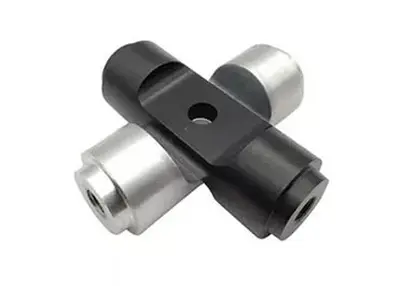 What is Black Oxide? A Guide on Black Oxide Coating 2023September 5, 2023While there are indeed numerous surface finish types available for manufacturers to choose from, the black oxide coating is a popular choice for many. The black oxide coating offers a combination of v...view
What is Black Oxide? A Guide on Black Oxide Coating 2023September 5, 2023While there are indeed numerous surface finish types available for manufacturers to choose from, the black oxide coating is a popular choice for many. The black oxide coating offers a combination of v...view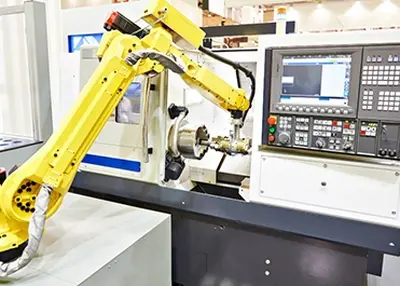 CNC Control Systems: Unraveling the Core of Computer Numerical ControlNovember 3, 2023Are you ready to delve into the heart of modern manufacturing technology? Welcome to the world of CNC Control Systems, where precision and automation meet to revolutionize industries.view
CNC Control Systems: Unraveling the Core of Computer Numerical ControlNovember 3, 2023Are you ready to delve into the heart of modern manufacturing technology? Welcome to the world of CNC Control Systems, where precision and automation meet to revolutionize industries.view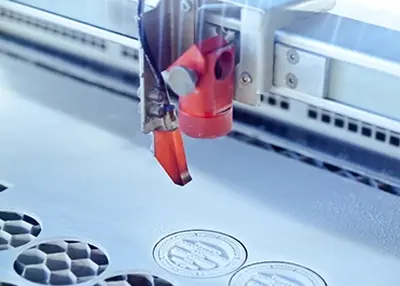 What Are Tolerances? How Are Tolerances Determined When Designing Machinery?October 26, 2023Tolerance is precise machining and design, the actual parameter values of the parts of the allowable amount of change, such as a certain part of the upper and lower limits were 100, 60, then its tolerance is 40; if the upper and lower limits were +100, -100, then its tolerance is 200.view
What Are Tolerances? How Are Tolerances Determined When Designing Machinery?October 26, 2023Tolerance is precise machining and design, the actual parameter values of the parts of the allowable amount of change, such as a certain part of the upper and lower limits were 100, 60, then its tolerance is 40; if the upper and lower limits were +100, -100, then its tolerance is 200.view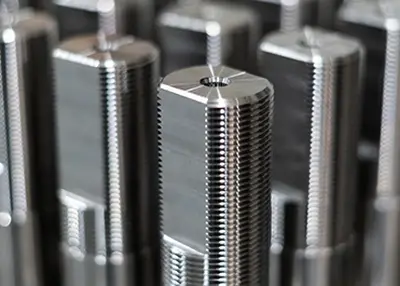 Drill and Tap Specification ChartNovember 17, 2023In CNC machining, the usual process is to use a drill bit to drill a hole in the workpiece and then use a tap of the appropriate size to cut the desired threads in the hole. This ensures that the threads match the design requirements and can ensure that the threads fit correctly with other components.view
Drill and Tap Specification ChartNovember 17, 2023In CNC machining, the usual process is to use a drill bit to drill a hole in the workpiece and then use a tap of the appropriate size to cut the desired threads in the hole. This ensures that the threads match the design requirements and can ensure that the threads fit correctly with other components.view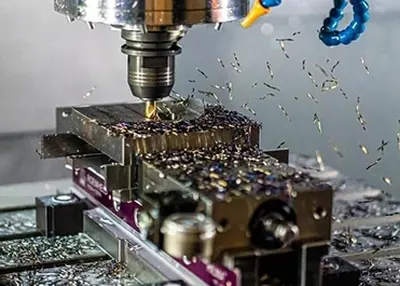 Crafting Precision: The Artistry Behind CNC Milling PartsSeptember 22, 2023A CNC milling machine consists of many different parts that each play an important role and work together to accomplish a variety of milling tasks.view
Crafting Precision: The Artistry Behind CNC Milling PartsSeptember 22, 2023A CNC milling machine consists of many different parts that each play an important role and work together to accomplish a variety of milling tasks.view What is a CNC Machine?October 20, 2023The full name of CNC is Computer Numerical Control, and a tooling machine with a computer as the control center is called a CNC machine. The traditional tooling machines need to be manually operated to achieve a variety of metal processing techniques, CNC machine is by the engineers of the computer input product drawings, complete the product required tooling sequence, processing environment parameters and other data, by the computer according to the above instructions for automated production.view
What is a CNC Machine?October 20, 2023The full name of CNC is Computer Numerical Control, and a tooling machine with a computer as the control center is called a CNC machine. The traditional tooling machines need to be manually operated to achieve a variety of metal processing techniques, CNC machine is by the engineers of the computer input product drawings, complete the product required tooling sequence, processing environment parameters and other data, by the computer according to the above instructions for automated production.view
 EN
EN
 ru
ru 

